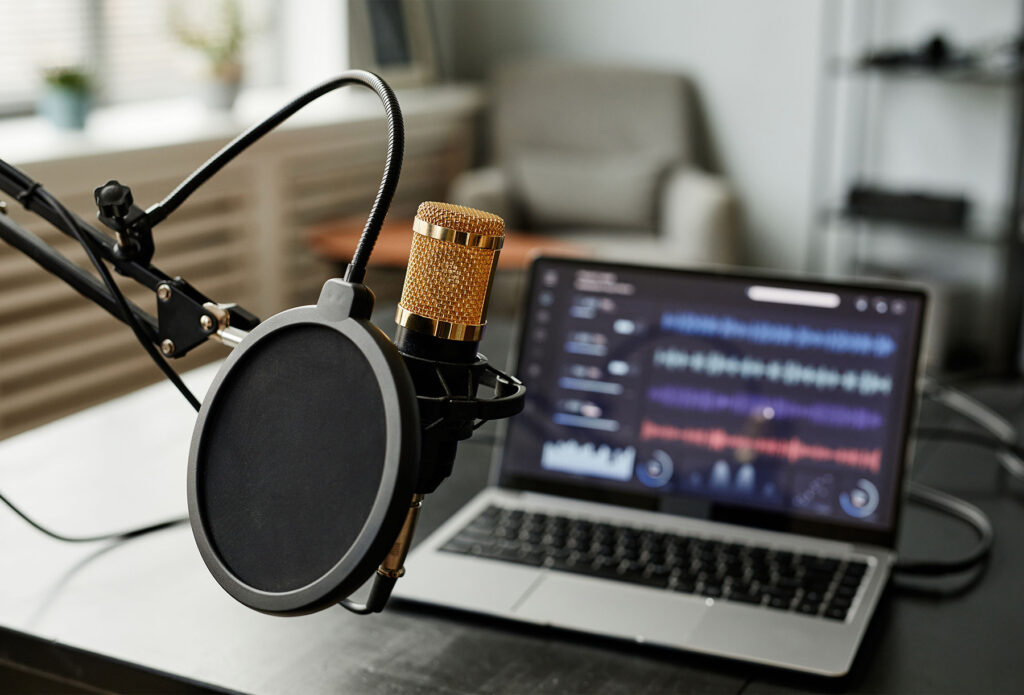Memorising a monologue can often seem daunting for any actor, especially when family and friends marvel, “How did you learn all those lines?” It’s a common misconception that memorising the text is the hardest part of acting. In reality, the true challenge often lies in emotional delivery and overcoming performance anxiety.
Here at Hunter Talent, we understand the nuances of mastering a monologue. Consequently, this guide aims to equip you with practical strategies to memorise your monologue efficiently and effectively, ensuring that you’re performance-ready.

Understanding Your Learning Style
The first step in memorising a monologue is identifying your learning style. People generally fall into three categories: auditory, visual, and kinaesthetic. Each style benefits from different techniques:
→ Auditory learners absorb information better when they hear it.
→ Visual learners retain information better when they can see or visualise it.
→ Kinaesthetic learners understand better when they can physically engage with the material.
Recognising whether you prefer to hear, see, or do can significantly tailor your approach to memorising your monologue.
Break Down the Monologue
Another effective method to tackle the memorisation process is to break your monologue into smaller, manageable parts, often referred to as ‘beats.’ Each beat represents a shift in the narrative or emotion. This can help you focus on smaller sections at a time, making them easier to memorise than tackling the whole piece in one go.
Here’s how you can break down a monologue effectively:
→ Identify the beats: Look for changes in tone, emotion, or the introduction of new ideas.
→ Understand each beat: Clarify what your character is feeling or trying to achieve in each section.
→ Label the beats: Giving each beat a descriptive name can help you remember the flow and emotional arc of the monologue.

Memorisation Techniques
Depending on your preferred learning style, different techniques can enhance your ability to memorise the monologue:
For Visual Learners
– Script Visualization: Write out the monologue and use different colours to highlight emotional changes or significant moments.
– Mind Mapping: Create a visual map that outlines the flow of the monologue, using symbols or drawings to represent different beats or emotions.


For Auditory Learners
– Record and Replay: Record yourself reading the monologue and listen back multiple times. Note: be cautious not to adopt a monotonous tone that can stifle your performance.
– Speak it Out: Recite the monologue aloud, focusing on the intonation and emotion of each line to embed it in your memory.

For Kinaesthetic Learners
– Physical Movement: Associate specific actions or gestures with parts of the monologue. This can help anchor the words to movements, making it easier to recall.
– Walk and Tall: Rehearse your monologue while walking or moving around, which can help integrate the physicality of the performance with the words.
Common Pitfalls to Avoid
There are some common pitfalls to be aware of:
Rote Learning: Repeating the words until they stick can often lead to a flat, uninspired delivery. Instead, focus on understanding the meaning behind each line.
Inflexibility: Locking in your performance too early can make it difficult to adapt based on directorial feedback. Stay flexible and open to making adjustments.
Rehearsing the Monologue
Once you’ve memorised the monologue, the next step is to bring it to life through rehearsal:
Experiment with Delivery: Try different ways of delivering the same lines to explore various emotional impacts.
Seek Feedback: Perform your monologue for others and get feedback. This can provide new insights and help refine your performance.
Conclusion
Memorising a monologue is just the beginning of your preparation for a performance. The real art lies in delivering the lines with authenticity and emotional depth. By breaking down the monologue, using techniques suited to your learning style, and rehearsing with intention, you can transform your monologue from a script on a page to a compelling performance piece.
Remember, each monologue is an opportunity to grow as an actor. With practice and perseverance, you’ll not only memorise your lines but also deliver them in a memorable way to your audience.







